The Expedition came to a close on Friday May 3, 2013. I decided to travel through Chugiak, AK to stop and visit my mom over the weekend prior to going back to Vermont.
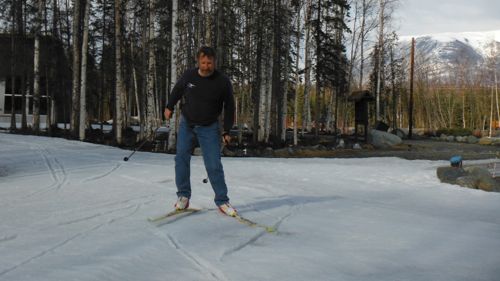
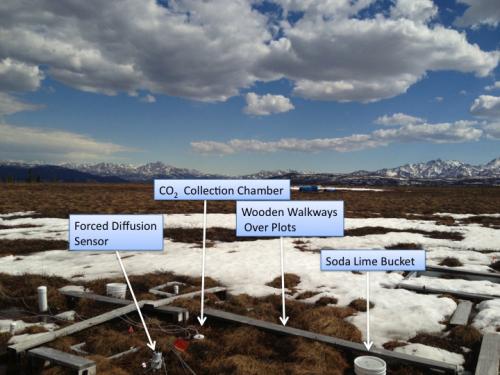
Reflections:
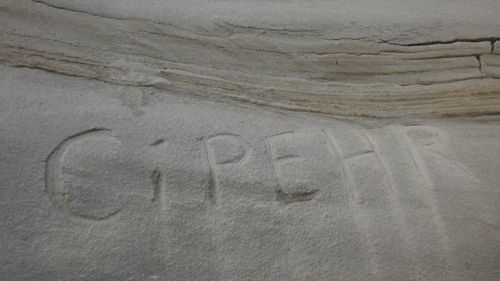
During this past 6 weeks I’ve had many experiences. During the week of polarTREC orientation I had the opportunity to experience one of the most professional, organized and interesting educational conferences I have attended. I met many energetic dedicated teachers from around the country. These people with whom I have similar interests and are motivated to improve the way science is communicated.
The successive 5 weeks spent in Healy at the University of Florida Research Site were every bit as interesting and challenging as I had anticipated. I gained insights into scientific research that I will take with me back to my classroom. Thanks to Elizabeth Webb (researcher), John Krapek (field technician) and Kirsten K. Coe (site manager) I became part of a research team that is looking at important questions basic to climate change.
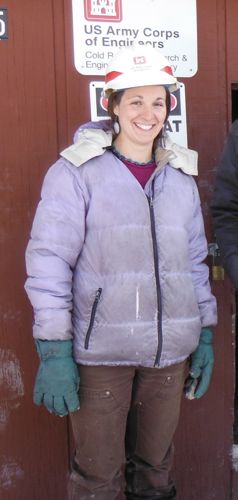
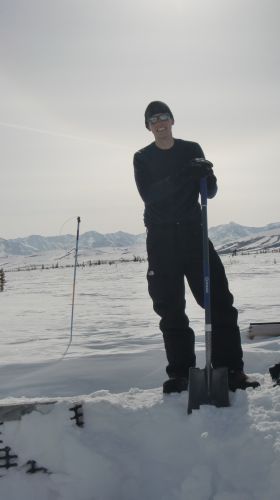
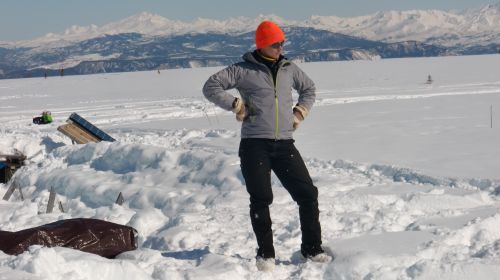
A couple of the many lessons I learned in the past 5 weeks:
Logistics and teamwork are very important to the collection of good scientific data in the polar environment. Development of these skills is often overlooked in the science classroom.
Data collection in the polar environment is not easy. The researchers ability to troubleshoot equipment failures and persistence in fixing them can play an enormous role in the ultimate success of the experiment. A researcher must be able to withstand cold temperatures, solitude, forgo many of life’s comforts usually taken for granted and finally expect the unexpected.
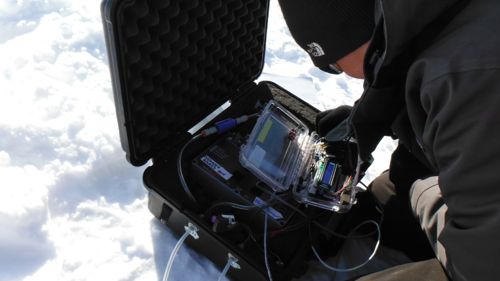
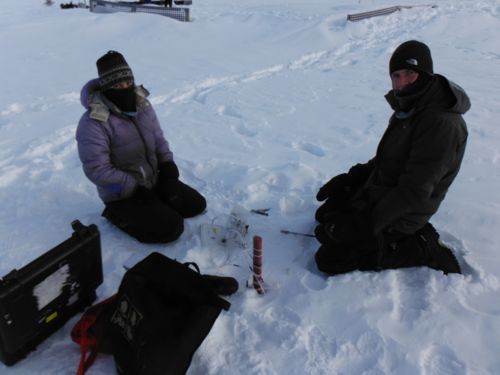
In conclusion…I plan to travel back to the CiPEHR Site this August to look at the summer set-up for data collection. Look for a journal update at that time. A big Thank You to the folks at PolarTREC. PolarTREC is a truly unique organization in providing teachers with research experience.
Here are a few of my favorite photos from the past 6 weeks.
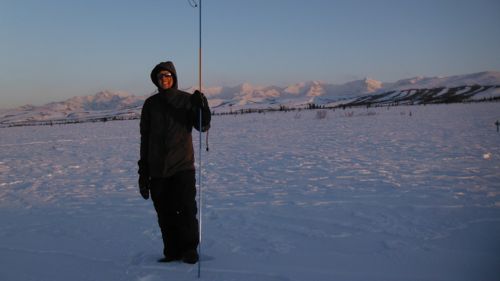
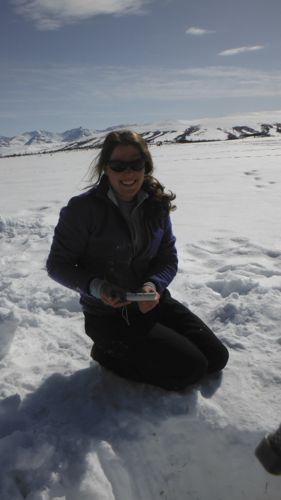
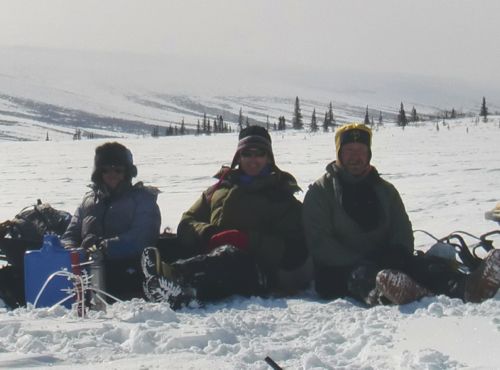
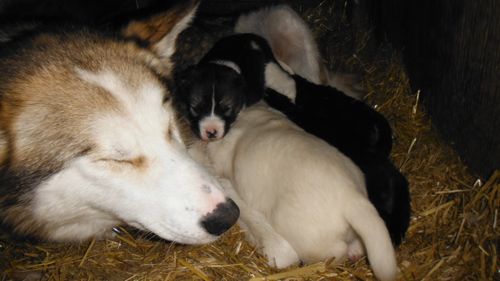
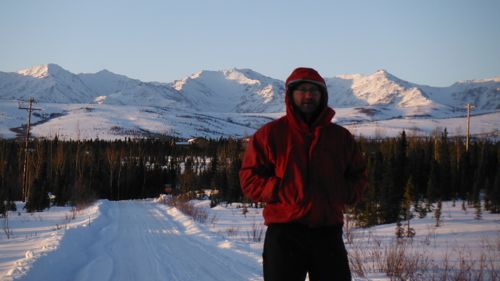
Here is one item I won’t miss from the expedition.

Here’s two mystery photos…
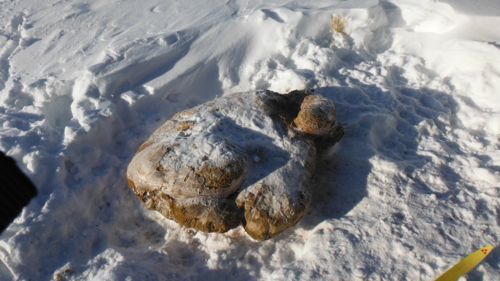
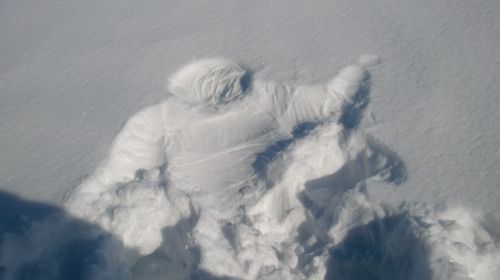
And finally...back in Westford, Vermont.
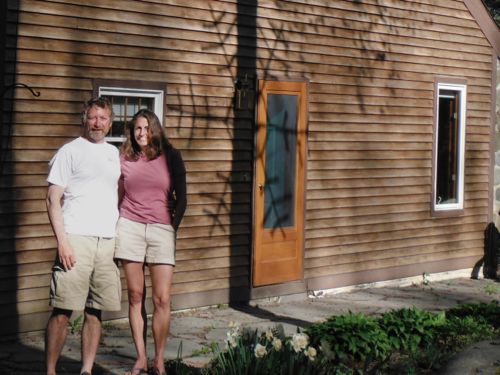


Comments